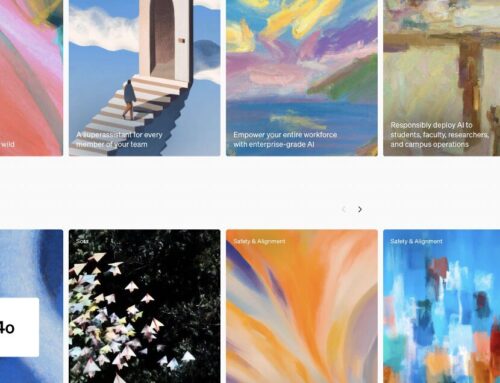 David Gaughran has a good post up on Indie Reader – The Future is Indie – which dovetails well with Tom Lichtenberg’s post about the meaning of indie. The question has been why indie publishing doesn’t get the same respect as indie music and indie film. The answer is pretty simple: they’re entirely different. Though there are self-released CD’s and independently-financed movies that are attempts to be commercial, the main meaning of indie is “different than the mainstream.” With independent publishing, this is also the case. With indie publishing, it’s not the case at all.
David Gaughran has a good post up on Indie Reader – The Future is Indie – which dovetails well with Tom Lichtenberg’s post about the meaning of indie. The question has been why indie publishing doesn’t get the same respect as indie music and indie film. The answer is pretty simple: they’re entirely different. Though there are self-released CD’s and independently-financed movies that are attempts to be commercial, the main meaning of indie is “different than the mainstream.” With independent publishing, this is also the case. With indie publishing, it’s not the case at all.
I knew that readers of genre fiction were the first to switch to e-books (for a number of disparate reasons), so I thought it would be instructive to examine the Kindle Bestseller lists in various genre categories. Perhaps it will give us a glimpse of where things are headed for large publishers.
Five of the Top Ten Thrillers are self-published. Big names such as Grisham, Baldacci, and Patterson keep things respectable enough for the large publishers. Only four of the Top Ten Horror e-books are self-published, but two more are from Amazon’s newest imprint 47North (and were originally self-published), and one is a public domain re-release, leaving only three spots for the publishing conglomerates.
Things seem better in Romance, where a few Harlequin books, a couple from Nora Roberts, and one from Sophie Kinsella leave only one spot in the Top Ten for self-publishers. However, nine of the next ten books on the list are self-published.
Science Fiction is almost a washout. Six of the Top Ten are self-published, two are from small presses, and one is a public domain re-issue, leaving only a big release from Brandon Sanderson as the sole representative of Big Publishing.
My point is, if you really want to see where the large publishers are headed, don’t look at the performance of the titles they are putting out, look at the stuff they aren’t.
The indie titles that are breaking into the mainstream are commercial genre titles. There’s nothing wrong with that, but indie publishing has an entirely new meaning.
In the future, this could change. As Gaughran notes, the first adopters of ereaders were genre readers. When everyone’s got an ereader, this will mean that ebooks will cater to all types of readers. Even so, the market is likely to be exactly how it is today: commercial titles sell a lot more, uncommercial titles sell less. That’s the way of the mainstream – so basically this new definition of indie is here to stay.
Get an Editorial Review | Get Amazon Sales & Reviews | Get Edited | Get Beta Readers | Enter the SPR Book Awards | Other Marketing Services






















I guess some of us can only hope there are ereaders under every tree and in every stocking this holiday season.
I wonder if major publishers will view the success of self-published genre fiction on the e-reader market as an indication that a population of consumers is being under-served by conventional mainstream publishing. I guess the question is will major publishers cut their losses on this niche market, or will they try to close the demand gap currently being served by the indie folks.